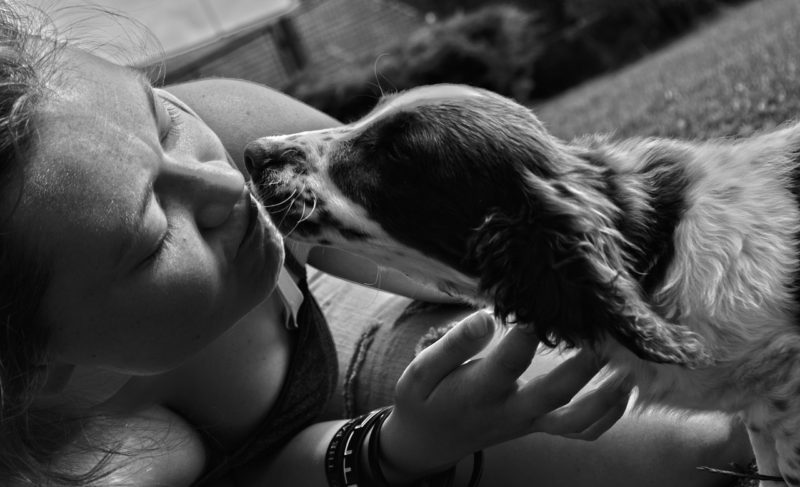Euthanasia Conversations Impact Veterinary Team Wellbeing

If you are a veterinarian like me, you have probably lost count of the number of times a client has said “I could never do what you do”. Of course, they are referring to euthanizing animals. And while performing euthanasia procedures is certainly not the easiest task that we do as veterinarians, it is also not the hardest.
A study published recently in the Veterinary Record explains how euthanasia-related care and the processes leading up to euthanasia impacts the wellbeing of veterinary team members. The researchers conducted interviews of almost 40 veterinary team members living in southern Ontario. They included veterinarians, technicians, assistants, practice managers, and client care representatives who had been in the veterinary profession for an average of 10 years.
One of the resounding themes from these conversations was that navigating the decision to euthanize a companion animal was more difficult than the euthanasia procedure itself.
In fact, all veterinary team members interviewed felt that providing a “good death” for the animal (described as “fast, peaceful, humane, or smooth”), not only positively impacted the client’s wellbeing, but also that of the team members involved. On the other hand, when the euthanasia did not go as hoped (e.g., the animal experienced an adverse reaction during the euthanasia), veterinary team members worried that the client’s experience was negatively impacted, and in turn, their wellbeing worsened.
However, all participants in the study shared that the conversations leading up to the euthanasia procedure itself had the greatest impact on team wellbeing. In other words, the deliberation with clients around the decision to euthanize their pet were the most difficult to navigate resulting in fatigue or feeling drained, especially when the conversations were extensive.
Perhaps surprisingly, when owners ultimately came to a decision to euthanize, the veterinary team members described feeling a sense of relief, something that I have also experienced after long and exhausting conversations about euthanasia.
Given that it is the conversation, deliberation, education, and support of pet owners in making the decision to end their pet’s life that takes its toll, some suggestions are worth pondering. The following recommendations may help to alleviate the emotional strain that euthanasia conversations exert on veterinary team members and enhance wellbeing under these difficult circumstances.
First: consider using the services of trained mental health professionals such as social workers or clinical counsellors, to handle these difficult exchanges. Indeed, the veterinarian must remain responsible for discussing the medical condition of the pet, including the proposed treatment and prognosis. However, much of the conversation that follows is navigating the grief that arises at the thought of saying goodbye to a beloved family member. These conversations could be (better) handled by professionals trained to support individuals through complicated grief and loss. I can honestly say that when I work in a practice with a social worker or counsellor, the number of challenging conversations I have with clients are cut in half and my wellbeing is dramatically improved.
Second: ensure that all members of the veterinary team who engage with clients have the communication skills and training necessary to navigate these conversations. While most veterinary schools now include communication in their core curriculum, only a small segment is dedicated to euthanasia conversations. Perhaps more extensive training could be provided during school or continuing education related to communication could be pursued after graduation, ideally involving video examples or client simulations.
Third: recognize that the difficult nature of these euthanasia conversations is often due to the ethical dilemmas that arise from them. Given that veterinary team members have an allegiance not just to the client but to the animal as well, moral stress can occur when the veterinarian’s recommendations and the owner’s decisions are misaligned. For example, an owner may not feel ready to euthanize while a veterinarian believes their pet is suffering, or an owner may request euthanasia when a veterinarian feels that treatment for the pet could be pursued. These situations are commonplace in the veterinary practice setting and can exacerbate distress within the veterinary team.
Finally, appreciate the exhaustion and emotional hardship that some euthanasia conversations can create and know that self-care, self-compassion, and debriefing are particularly important afterwards. Resilience comes from these practices that allow us to build up the reserves to bounce back from euthanasia situations that are depleting.
In the end, the challenge of navigating euthanasia decision-making consultations with clients, especially when situations are complex or conversations are prolonged, has a deep impact on wellbeing. What will you do to mitigate it?